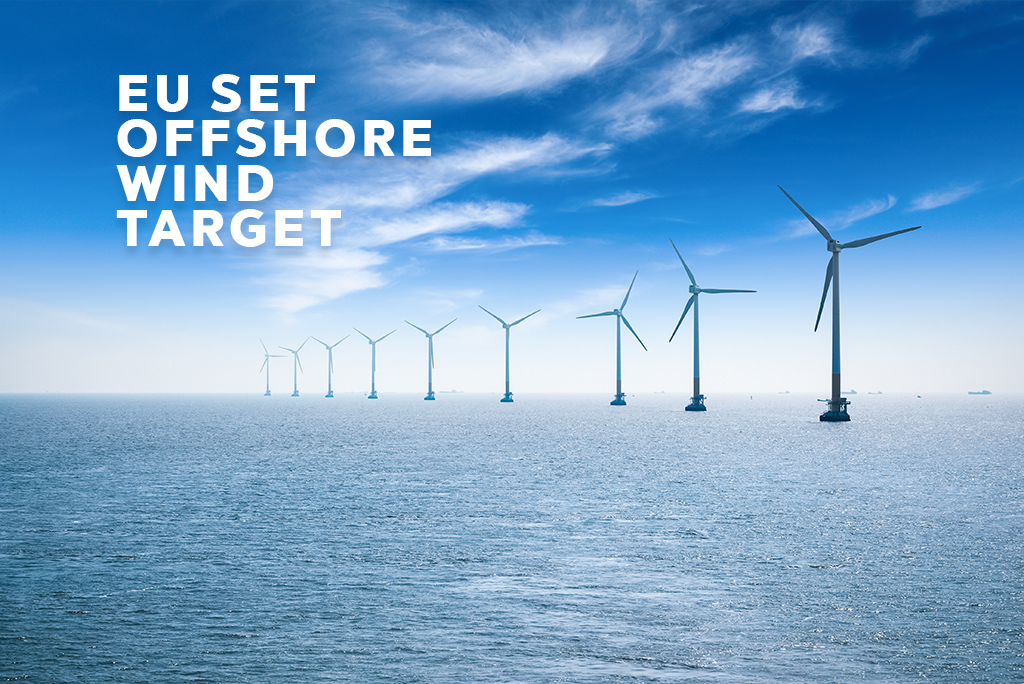The Red Sea and Panama Canal crises have taken the world of trade by storm. An unexpected chain of events has caused significant slowdowns in the affairs of trade. This has impacted the import and export trade of most countries dealing in various commodities. The escalating attacks in the Red Sea and climate-induced droughts have affected the Panama Canal, and key maritime routes are facing unprecedented hurdles.
But how did this begin?
What are its effects on trade and trade data?
Is it a point of concern, and how is the world adjusting to this scenario?
To get a better understanding of this, we’ll delve into the nitty-gritty of this matter in this blog and discover the linked countries getting disrupted, awestruck, and incurring hefty costs for the shipments.
Red Sea and Panama Canal Routes: The Crux and Crises
The Red Sea and Panama Canal routes are essential maritime corridors that facilitate the movement of goods, drive economic growth, and foster international commerce. The Panama Canal facilitates trade between North and South America as well as Asia and Europe. On the other hand, the Red Sea serves as a vital link between major economic regions such as Asia, Europe, and the Middle East.
Suez Canal:
The Suez Canal offers a direct route for shipping between Europe and Asia without going through the African continent. Nearly 12–15% of world shipping traffic, including roughly 30% of global container trade, passes through the Suez Canal. It is known to be the direct route for shipping between Europe and Asia without having to go through the African continent. Due to the crisis, the Suez and Panama Canal transits are nearly down by 40% compared to their peak levels.
Panama Canal:
Panama is known as the “Hub of the Americas” because it connects the Atlantic and Pacific oceans through the narrow Isthmus of Panama. The waterway serves 180 maritime routes that link 1920 ports across 170 countries. The Canal serves countries like the United States, China, and Japan. The Panama Canal is said to control more than 40% of the market share for containers shipped from Northeast Asia to the East Coast of the United States.
Last year, from November 2023, the attacks on the ships in the Red Sea multiplied in the Black Sea, resulting from conflict in Ukraine and the Panama Canal due to droughts induced by climate change. The attacks on vessels in the Red Sea area have affected traffic through the Suez Canal, a crucial maritime route linking Asia and Europe. These disruptions have led to longer delivery times, increased freight and shipping costs, and working capital constraints.
Now countries are confronted with the need to divert their vessels around the Cape of Good Hope, resulting in extended delivery times by an average of 10 days or more.
What is even more concerning is that both routes have witnessed a sharp decline of 40% compared to their peaks, with the Suez Canal experiencing a decrease in the last two months.
Rerouting: Safer Means for Trade Activities
Since mid-December, Houthi rebels in Yemen have targeted commercial ships in the Red Sea. To avoid the conflict, container vessels and fuel tankers are rerouting around Africa’s Cape of Good Hope, causing delays and added costs to shipping operations, and impacting global trade routes.
According to United Nations Conference on Trade and Development (UNCTAD) data, late February revealed that the toll of the crisis, showcasing freight costs on the Shanghai to Europe route, has spiked by 200% since early November and up by 160% between China and the US East Coast.
The Suez Canal provides a more efficient shipping route between Europe and Asia, eliminating the necessity to navigate around Africa. In 2023, close to 20% of global seaborne container trade utilized the canal, facilitating the transport of commodities such as natural gas, oil, vehicles, raw materials, and diverse manufactured goods among the Indian Ocean, Mediterranean Sea, and Atlantic Ocean.
Simultaneously, the Panama Canal has faced challenges due to a severe drought, prompting authorities to impose restrictions that have significantly reduced daily ship crossings since October last year. This redirection has particularly hurt companies with limited inventories, exacerbating supply chain challenges.
Affected Countries and Commodities by Panama Canal Drought and Red Sea
Panama Canal
China, Japan, South Korea, and the US are some countries affected by the Panama Canal drought, as the canal facilitates more than 40% of container movement from northeastern Asia to the US. Most of the decline in the Suez Canal occurred recently, while transits through the Panama Canal decreased over the last two years.
The following commodities are impacted the most:
- US grain exports and cotton to Asia
Amidst this situation, there is a chance for Brazil to emerge as a leader in exporting higher volumes in Q4 as an alternative supplier for Asian buyers.
- Noticeable decline in U.S. diesel exports, headed toward Europe as South America buys less due to the Panama Canal. About 45% of U.S. diesel exports are headed toward Europe so far, compared to 21% last month.
Red Sea
The recent assaults on ships in the Red Sea region have resulted in decreased traffic through the Suez Canal. As the shortest maritime route connecting Asia and Europe, the canal typically facilitates approximately 15 percent of global maritime trade volume. The Red Sea Crisis is impacting Indian trade, especially with the Middle East, Africa, and Europe, and the Bab-el-Mandeb Strait for crude oil and LNG imports.
The following commodities were affected the most:
- Confectionery firms are toiling with the rise in cocoa prices and shortages incurred by delayed shipments from Africa.
- The textile and leather industries operate on a meager margin.
What effects will the Red Sea Crisis have on supply chains?
The ongoing crisis raises concerns about resolution timing and methods. Panic shipping in China, driven by capacity concerns before the Chinese New Year, has led to price hikes. The following trade table shows that major Asian and European countries have faced a downward trend in exports due to the Red Sea crisis.
In a Nutshell
The Panama Canal drought and the Red Sea crisis are expected to impact trade in 2024. This will also result in increased shipment costs, delays in rerouting, a surge in insurance premiums, and potential cargo loss due to piracy and attacks.





GIPHY App Key not set. Please check settings